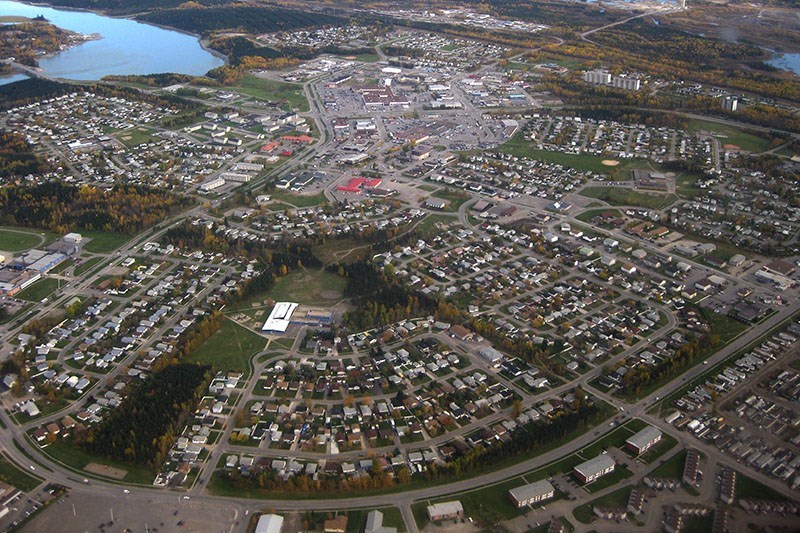The longstanding “downtown issue” in Thompson isn’t really a single issue. It’s a combination of things. At one level, it’s a crime issue. At another, it’s a homelessness issue. Digging deeper, it’s an addictions issue. it’s also a social issue, a behaviour issue and, when it comes to people using city streets, sidewalks, staircases and doorways as bathrooms, it’s an infrastructure issue as well. As people who have advocated for more public washrooms along Highway 6 between Thompson and Winnipeg know, simply not going isn’t always an option, or is only an option for so long. When your need to go to the bathroom becomes great enough, almost anywhere becomes a potential toilet.
However, as representatives of Thompson’s downtown business association told council members at the committee of the whole meeting Dec. 5, it’s also a financial and economic development issue.
If you take a look at a community with a similar population to Thompson’s elsewhere in the province or the country (i.e. further south), it’s probably going to have a much larger number of businesses. City of Thompson officials know this well, having identified it previously as a reason why the cost of city operations must be borne by residential taxpayers to a greater degree here than in other cities. The reasons for this are varied, but the fact of the matter is that higher costs in Thompson make running a business here more expensive to start with than in some other communities. It’s hard to find workers in Thompson and the cost of living is higher, which means you may have to pay employees more than in other places. The cost of making repairs and replacements resulting from damage are higher in the north which leads to the imposition of higher premiums by insurance companies. Supplies that must be procured from other local businesses may cost more than they do for a similar business down south. It’s cold and it costs a lot to heat a building. The list goes on and on and on.
Despite this, many members of Thompson’s downtown business community have invested many dollars in their enterprises and intend to continue doing business for as long as they can. However, many also feel that issues affecting the downtown area have worsened within the last three years, though to some degree it may also be a result of the areas affected changing as a result of the Liquor Mart moving.
What makes this an economic issue? It literally costs businesses money to deal with the effects of addictions, public intoxication and homelessness, whether in the form of staff time being taken up dealing with unwanted people on their property, paying for security services, or covering the costs of vandalism repairs or increased staff costs for safety reasons by making sure that employees aren’t working alone. Given the factors listed above that may make running a business in Thompson more capital-intensive than in other communities, the last thing business owners need is further expenses piling up on top of them.
There are no quick fixes for Thompson’s downtown issues. They’ve been issues for literally decades and are the result of many factors beyond the city’s control. Still, it is important for local government to do what it can to address problem and nuisance behaviours and it has been, mainly though its community safety and well-being strategy, which involves police, social service agencies and many other organizations working together to try to create holistic solutions, rather than just dealing with a symptom here and a symptom there. That sort of work is much-needed because, as Thompson transitions from a local economy that was highly dependent on one major employer to one in which the primary driver is providing goods and services to local residents and visitors from outlying communities, it needs more smaller businesses that together account for a significant amount of commercial activity. Making that a reality is dependent upon the city being seen and experienced as a place with a hospitable environment for entrepreneurs.




